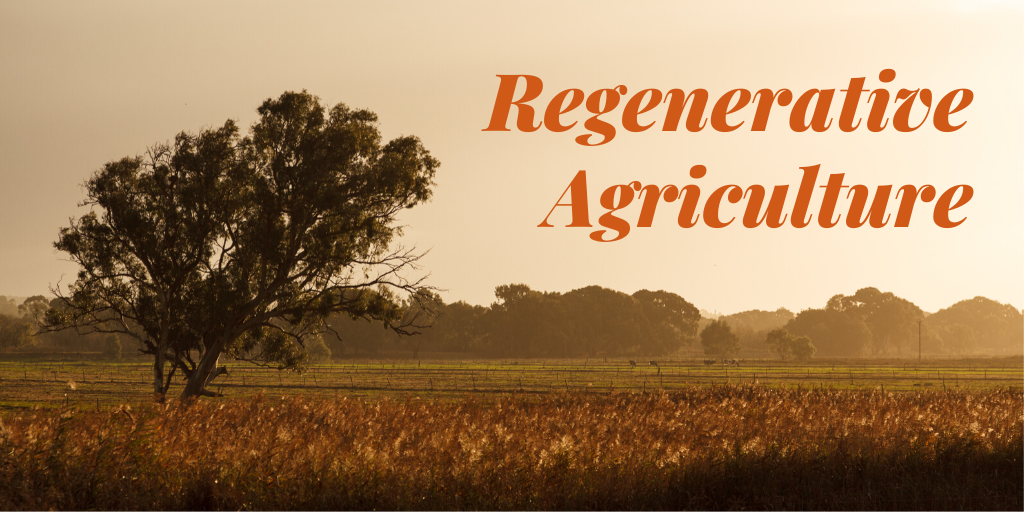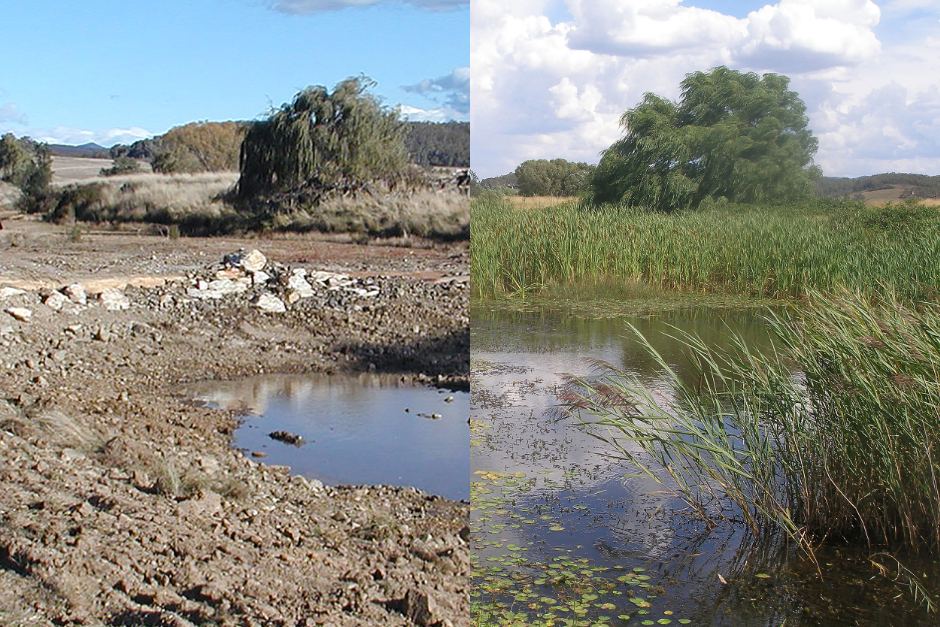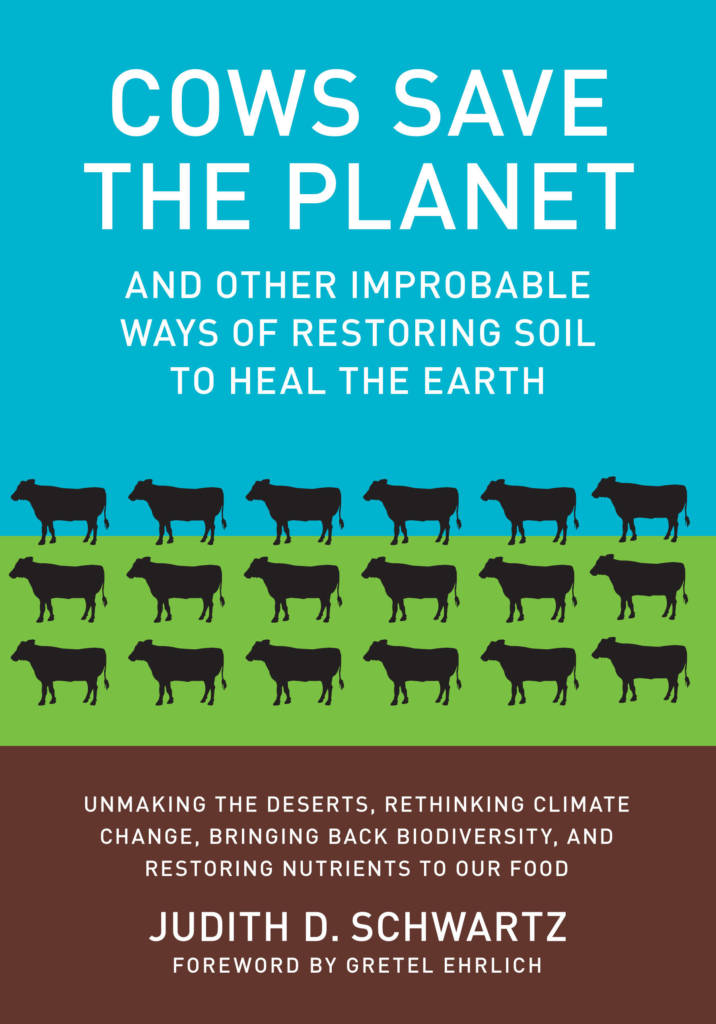Regenerative agriculture provides farmers and land managers with an approach to agriculture that can potentially reverse land degradation and address issues of food quality and supply for an ever-growing population. Regenerative agriculture is a chemical-free approach to farming which aims to restore landscapes through improving their ability to hold nutrients and water by allowing them to function in a natural way. Regenerative agriculture also has the potential to improve the storage of carbon within the soil, therefore assisting in reducing harmful carbon dioxide levels in the atmosphere.
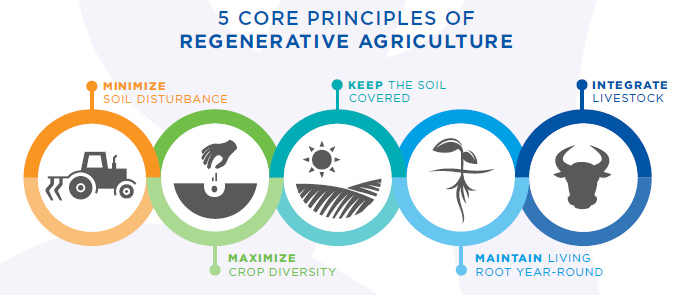
What is Regenerative Agriculture?
Whilst the term ‘regenerative agriculture’ is fairly new to a vast majority of people, it is a concept which has been around for many years and in many forms. Often interchanged with other ideas such as ‘sustainable farming’ and ‘ecological agriculture’, regenerative agriculture is a combination of elements from all of these, with extra concepts included. At the most basic regenerative agriculture is; an approach to farming which enables the restorative capacity of the earth (Chapman, 2017). Regenerative agriculture aims to allow natural cycles including the water, carbon and nutrient cycles to return to a normal function. This improves resilience, ecosystem services and the capturing of carbon in soil (The Carbon Underground and Regenerative Agriculture Initiative, 2017).
In response to concerns about food origins and food security, regenerative agriculture has been highlighted as a potential solution to these issues (FAO, 2018). Regenerative agriculture has been shown as a viable alternative to traditional industrial agriculture and is steadily growing in popularity (Hawken, 2017).
How does Regenerative Agriculture Work?
Practitioners of regenerative agriculture aim to mimic the movement and cycles of natural ecosystems by using varying stock densities across smaller paddocks and rotating these regularly. This allowing time for vegetation to regrow before it is stocked again. This concept was made popular by South African Allan Savory in the 1960s after watching the way that large herbivores moved across the African landscape, leaving behind well-eaten vegetation which eventually regenerated much better than the patches that were left ungrazed (Savory Institute, n.d). This management practise is the opposite of what is practised traditionally in many regions across the globe.
Historically ‘set stocking’ is used in most agricultural production, including Australia. This is an approach where the same number of livestock are kept in a large area for long periods of time, sometimes a year or more, before moving to another paddock. The key issue with this approach is that livestock is constantly in the one area and therefore quickly eat new shoots as they emerge, preventing vegetation ground cover from improving (McRobert, Admassu, Fox, & Heath, 2019).
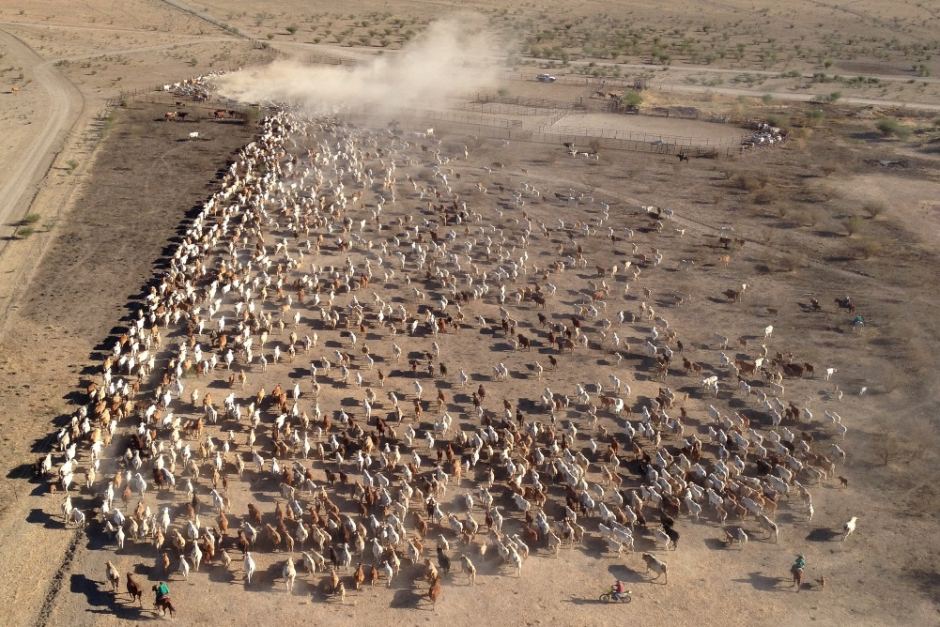
By allowing the earth to have the opportunity to regenerate ground cover, important natural cycles are also given the opportunity to begin functioning normally again, improving the health of the soil, and therefore the vegetation or crop that is grown out of it.
Benefits of Regenerative Agriculture
Soil is the basis of many lifeforms on earth. Traditional agriculture has used synthetic chemicals and different methods of turning or ‘ripping’ soil in an effort to improve the speed at which crops grow, the yields they produce and reduce their vulnerability to pests (FAO, 2019). As a result of this, many soils are now degraded to varying extents. This often leads to a downward spiral of requiring more chemicals and more degradation to maintain the same level of output (Aktar, Sengupta, & Chowdhury, 2009).
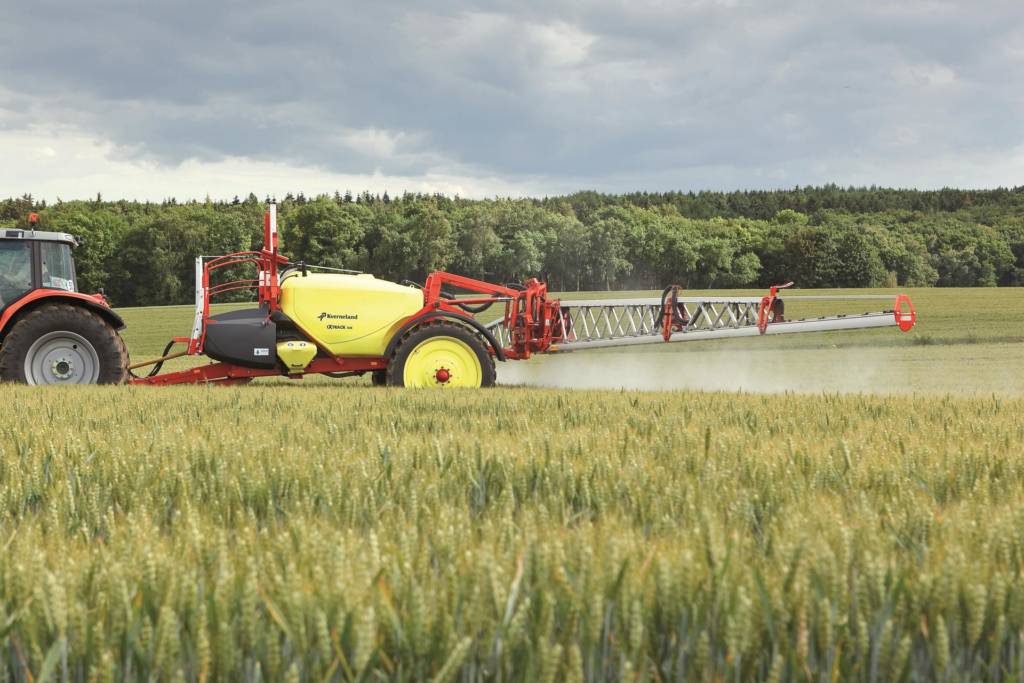
Through a regenerative approach, the use of synthetic chemicals is stopped, along with the ripping of soils. By no longer adding chemicals or disturbing the soil, microbes, worms and bugs are able to improve the health of the soil, vegetation, and feed for livestock (Jeffries, 2018).
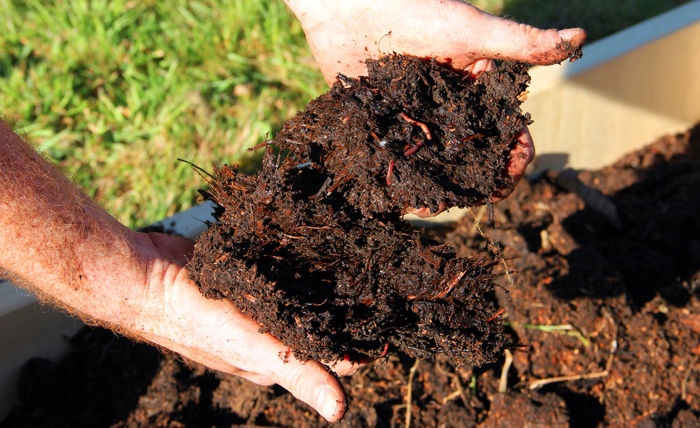
Another benefit of regenerative agriculture is its ability to improve the soils capacity to store carbon. (Ontl & Schulte, 2012). Trees and plants ‘breathe in’ carbon dioxide and release oxygen – think of the photosynthesis cycle that you might have learnt at school. As part of this cycle, carbon is captured into the soil and stored here, only being released when vegetation is removed, or the soils are highly disturbed (Smith & Reid, 2013). Whilst traditional agriculture removes vegetation and often has bare paddocks for a portion of the year, regenerative agriculture aims to achieve year-round ground cover (Kiss the Ground, 2019). As a result, of this increased and constant coverage, the soils ability to store carbon increases, therefore, assisting in reducing the amount of carbon which is allowed to stay in the atmosphere (Al-Kaisi, 2008).
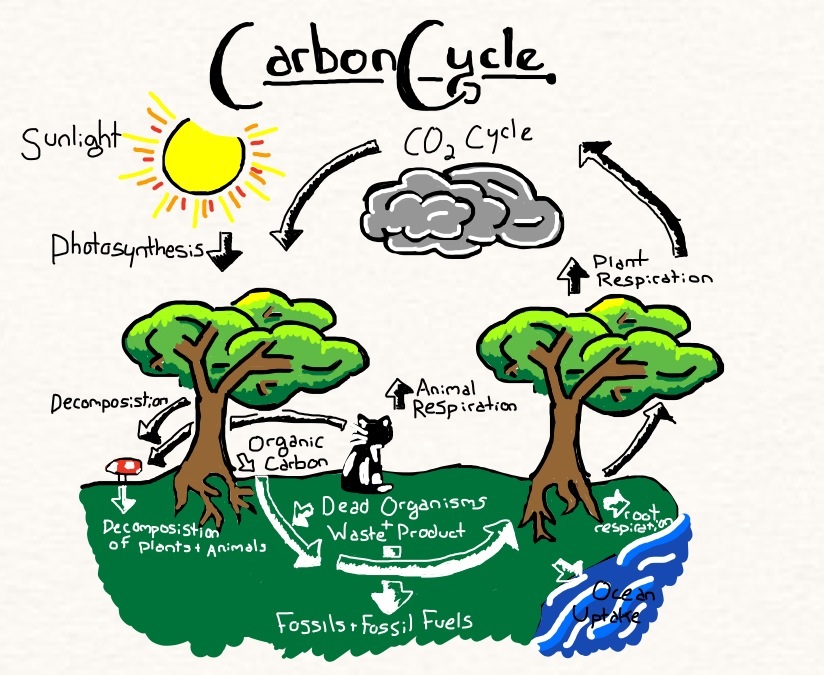
The water cycle also benefits from regenerative agriculture. When large areas are left bare, soil surfaces often get hard and dry. As a result, when rain falls, a large portion of it fails to penetrate the soil and sits on the surface before being evaporated or drains away on top of the ground causing erosion (Gupta & Larson, 1979). When soils are healthy with good ground cover, they are often spongey and easier for water to penetrate (Kucharik, et al., 2000). This means that after rainfall, a much larger portion of water is soaked into the soil, resulting in wetter soils for longer, regardless of on-ground temperatures (Reicosky, 2003).
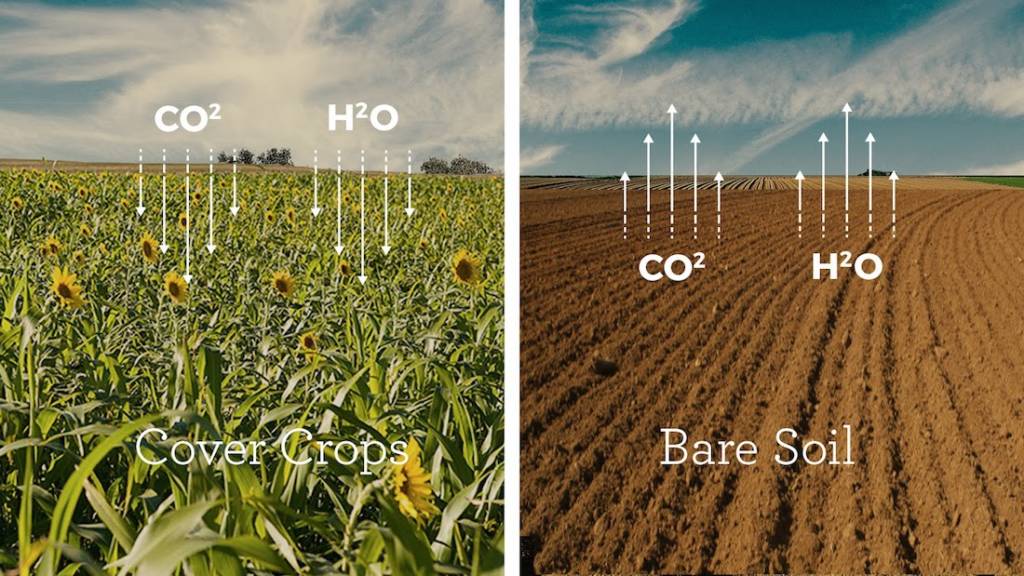
Regenerative Agriculture in Western Australia
The WA Government, through the Department of Primary Industries and Regional Development, is working in collaboration with a number of organisations to further research and development into the use of regenerative agriculture (DPIRD, 2019). This research is being undertaken in the hope of being able to get more farmers around the state practicing a regenerative form of agriculture. As well as this, the Soil and Land Conservation Council has been re-established to help drive regenerative land practices across the state.
Practising farmers and interested parties can access further information through their local NRM groups or by visiting www.regenwa.com
References
Aktar, W., Sengupta, D., & Chowdhury, A. (2009). Impact of pesticides use in agriculture: their benefits and hazards. Interdisciplinary Toxicology.
Al-Kaisi, M. (2008). Impact of Tillage and Crop Rotation Systems on Soil Carbon Sequestration. Iowa: Iowa State University.
Chapman, G. (2017, April 1). What is Regenerative Agriculture. Retrieved from Southern Blue Regenerative: https://www.southernblue.com.au/regenerative-agriculture/
DPIRD. (2019, August 20). Regenerative agriculture and pastoralism in Western Australia . Retrieved from Department of Primary Industries and Regional Development: https://www.agric.wa.gov.au/land-use/regenerative-agriculture-and-pastoralism-western-australia
FAO. (2018). Transforming food and agriculture to achieve the SDGs. Rome, Italy: Food and Agriculture Organisation of the United Nations.
FAO. (2019). The State of the World’s Biodiversity for Food and Agriculture. Rome, Italy: FAO Commission on Genetic Resources for Food and Agriculture Assessments.
Gupta, S., & Larson, W. (1979). Estimating soil water retention characteristics from particle size distribution, organic matter percent, and bulk density. Water Resources Research, 1633-1635.
Hawken, P. (2017). Drawdown: The most comprehensive plan ever proposed to reverse global warming. New York, New York: Penguin Books.
Jeffries, N. (2018). Regenerative agriculture: how it works on the ground. Retrieved from Circulate: https://medium.com/circulatenews/regenerative-agriculture-how-to-grow-food-for-a-healthy-planet-9a5f637c0f3e
Kiss the Ground. (2019). A closer look: Regenerative agriculture practices. Retrieved from Kiss the Ground: https://kisstheground.com/a-closer-look-regenerative-agriculture-practices-part-1/
Kucharik, C., Foley, J., Delire, C., Fisher, V., Coe, M., Lenters, J., . . . Gower, S. (2000). Testing the performance of a dynamic global ecosystem model: Water balance, carbon balance, and vegetation structure. Global Biogeochemical Cycles, 795-825.
McRobert, K., Admassu, S., Fox, T., & Heath, R. (2019). Change in the air: defining the needs for an Australian agricultural climate change strategy. Surry Hills, NSW: Australian Farm Institute.
Ontl, T., & Schulte, L. (2012). Soil carbon storage. Nature Education Knowledge.
Reicosky, D. (2003). Conservation agriculture: Global environmental benefits of soil carbon management. Conservation Agriculture, 3-12.
Savory Institute. (n.d). Resilient land, communities and economies. Retrieved from Savory Global: https://www.savory.global/holistic-management/
Smith, R., & Reid, N. (2013). Carbon storage value of native vegetation on a subhumid-semi-arid floodplain. Crop and Pasture Science, 1209-1216.
The Carbon Underground and Regenerative Agriculture Initiative. (2017, February 24). What is Regenerative Agriculture? Retrieved from Regeneration International: https://regenerationinternational.org/2017/02/24/what-is-regenerative-agriculture/

